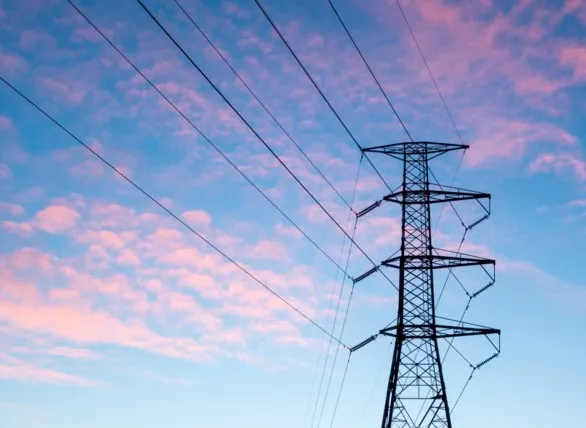A Smoother Path to Infrastructure Spending
Key Takeaways
- The election of Joe Biden as U.S. president and Democratic control of both the House and the Senate should further boost the focus on infrastructure spending.
- Democratic moderates will effectively have a veto in the Senate, leading to a relatively pragmatic scope of potential legislation, although control of the Senate likely gives Biden greater flexibility in cabinet appointments.
- Gas, electric and water utilities, rail and wireless tower sectors have positive drivers stemming from Biden’s policy plans and a likely promotion of private sector investment in infrastructure.
Democratic Control of Senate Positive for U.S. Infrastructure
The election of Joe Biden as U.S. president and Democratic control of both the House and the Senate should further boost the focus on infrastructure spending. Biden has announced plans to launch “a national effort aimed at creating the jobs we need to build a modern, sustainable infrastructure now and deliver an equitable clean energy future.” Markets will expect a relatively pragmatic scope of potential legislation given the Democratic moderates will effectively have a veto in the Senate. However, control of the Senate allows for smoother confirmation processes, likely giving greater flexibility in the appointment of cabinet positions and regulators supportive of Biden policies.
Biden has flagged $2 trillion of accelerated investment during his first term. Given the areas of focus in Biden’s policy statements, we feel bullish about U.S. infrastructure for several reasons:
- Gas and electric utilities sectors were hardly impacted by the pandemic due to their essential service nature, supportive regulation, importance in leading the decarbonisation of economies and social importance as major employers. A variety of trends should accelerate asset growth and subsequent earnings, cash flow and dividend growth in the medium and longer term. These include higher renewable energy targets, gas to electricity switching (in residential as well as commercial), the buildout of electric vehicle charging infrastructure and the need to build grid resilience against increasingly destructive weather events related to climate change.
- In the water utility sector, Biden will look to ensure clean, safe drinking water is a right in communities. The significant investment required will likely accelerate the assimilation of smaller water networks into larger ones (a process called tuck-ins) capable of funding the capital expenditure needed for the upgrades. As a result, we expect double-digit earnings growth across the sector, which is class leading across the utilities sector.
- Rail (listed freight rail companies) is already the “greener mode” of long-haul transport. Biden has indicated a desire to increase the electrification of the rail network. We expect this will result in lower operating ratios and higher profitability over the medium term.
- The wireless tower sector should see support as Biden has promised “expanding broadband, or wireless broadband via 5G, to every American.” We expect this will accelerate the buildout of the wireless tower networks and implementation of 5G technology, requiring additional tower sites and leased slots on existing wireless tower infrastructure. The result is the likely expansion of the mid-single-digit revenue growth to high˗single-digit growth of the sector and, through operating leverage, an increase in margins.
It is also worth mentioning that, as we have seen in other jurisdictions, it is highly likely that the Biden administration will use the $2 trillion of accelerated investment to jump-start or promote private sector investment. This could result in multiples of the $2 trillion being invested over the medium term.
Related Perspectives

Developed Markets Infrastructure Income Model Commentary June
Markets bounced back from a first-quarter correction and survived tariff, growth and geopolitical scares to deliver solid gains in the second quarter of 2025.
Read full article